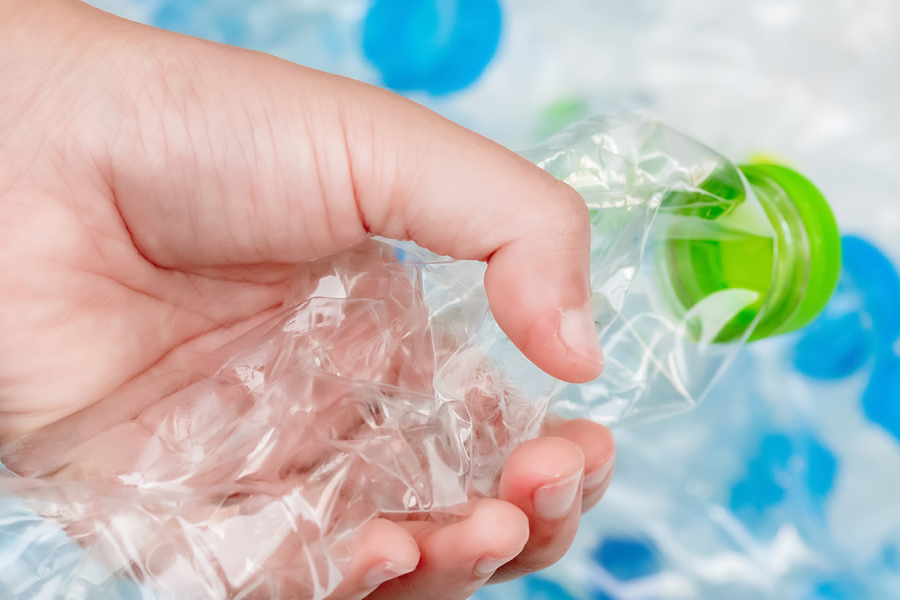PET is a fully recyclable plastic, which can be processed after use and converted into rPET (recycled PET) to manufacture new products. However, in Chile less than 15% of PET reaches recycling plants to be transformed into rPET, says a report by the Chilean Plastics Industry Association (Asipla). This is clearly illustrated by the low household recycling rate of plastic bottles, which barely reaches 7%.
At the Universidad de Santiago, significant progress has been made in the use of rPET as a raw material for the creation of trays for food products, offering a similar quality to that of virgin PET. These results are part of the Fondef project “Application of functional barrier for the production of post-consumer PET containers for food packaging”, led by the Center for Innovation in Packaging Laben Chile, in collaboration with the companies Topcolor and Typack-Recipet, and with the support of the Office of Technological Management of the Vice-Rectory for Research, Innovation and Creation.
Laben Chile was led by its director, Dr. Abel Guarda, and the associate director and researcher, Dr. Eliezer Velásquez, together with a team from the same center. The challenge was to create a package based on a nanocomposite formulation of rPET, from a masterbatch or additive, through the application of a polymeric barrier, processable in industrial production systems and with physical-mechanical and safety properties suitable for food packaging.
After two years of work, “this technology was generated, in which multilayer sheets using recycled PET were developed with barriers to increase the safety of food packaging. The impact of the color change suffered by the recycled packaging material was also reduced, the oxygen permeability of the rPET-based container was reduced to levels similar to those of the virgin PET container, and the container's resistance to compression was increased”, explained Dr. Eliezer Velásquez.
The researcher highlighted that the TRL 7 reached a high level of technological maturity, “thus demonstrating the machinability of the formulation and being able to produce a prototype in a real operational environment. It can therefore be transferred to the packaging industry and licensed for testing”.
Collaboration with the industry
For the industrial tests, Laben Chile worked jointly with Topcolor, a national leader in the production of pigment concentrates, and Typack-Recipet, a PET recycling and thermoformed container production company in Chile.
In this context, Dr. Abel Guarda emphasized that “the liaison with these companies was essential to validate the technology in the manufacturing equipment used in the industry. Such need is even more relevant, considering that Chile strives to increase and meet the plastic recycling goals considered in the REP Law”.
Enzo Marzullo, Topcolor's general manager, commented that “the results provide an excellent starting point for increasing the recovery of post-consumer recycled PET in food applications, generating a product with significant added value while preventing the plastic material from ending its useful life in landfills”. He added that initiatives between academia and companies “generate innovative solutions that are commercially applicable, which is why we will continue to be ready to collaborate”.
Last May, when the project was closed, Alejandro Gutiérrez, business manager of Typack-Recipet at the time, said that the advances and results were an asset for the industry. He added that “we commit our collaboration to test the technology in containers directly and verify its potential scalability”.
Finally, Dr. Eliezer Velásquez pointed out that “ these results make it attractive to license tests to evaluate the feasibility of reducing the thickness of the containers or any other potentially useful alternative to broaden the applications of this technology”.


